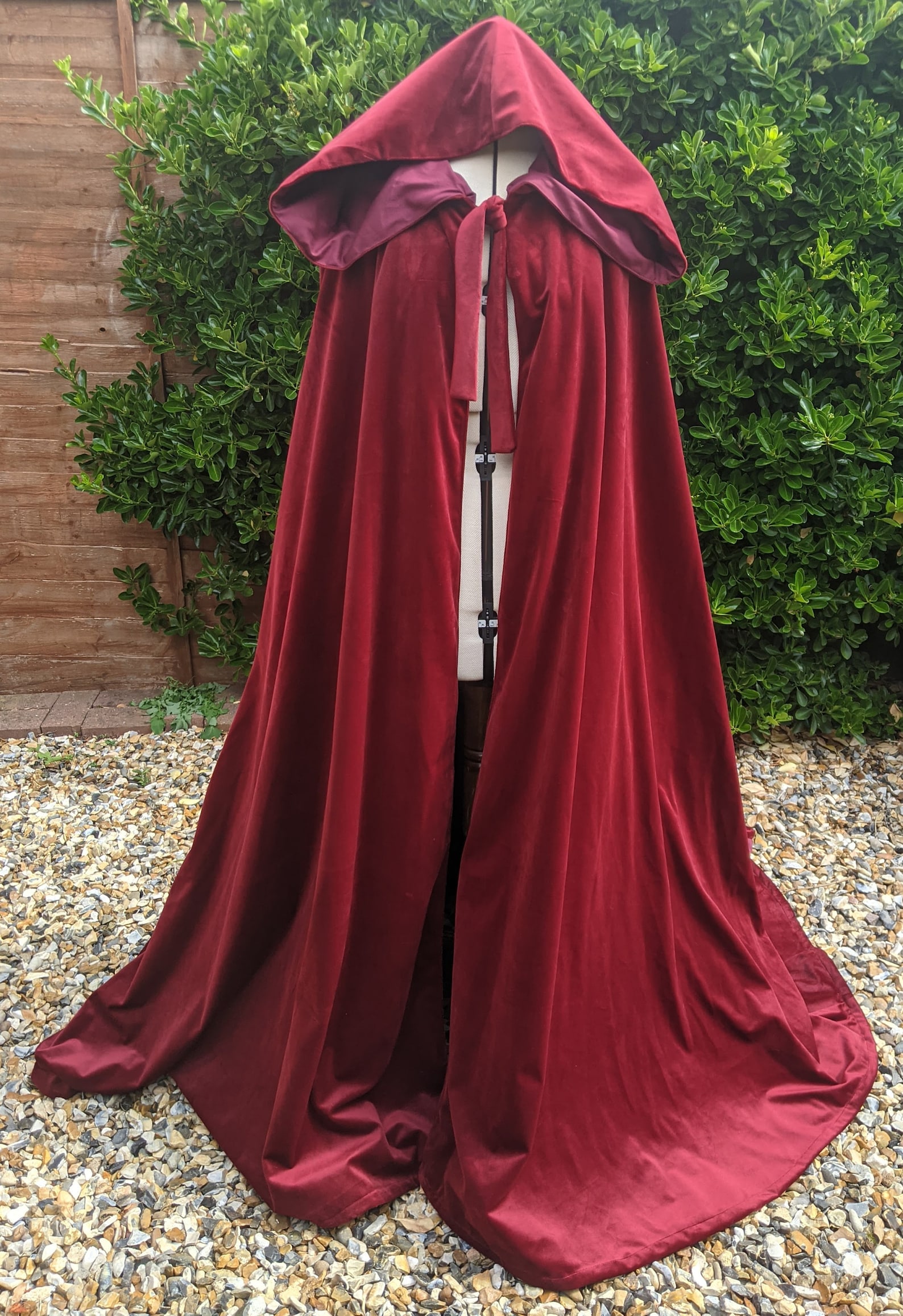

Choose a fabric that’s suitable for your character’s outfit, but also keep the circumstances in which you plan to wear your outfit in mind. A cosplay cloak has to look good but doesn’t necessarily have to be warm.

Warmth, drape, fabric price, comfort, aesthetic, wearing context,… are some examples of things that can influence your decision. ( Image source) Materials:īefore deciding what fabrics to make your cloak or cape out of, ask yourself what you’re trying to achieve first. ( Image source) ĭetails like a hood or armholes can make your cape extra comfortable, and you’ve got a wide range of options when it comes to fasteners, too. A floor-length cape has a very different effect and function than a cape that reaches your hips, or even a capelet. Aside of volume, you can also play around with length.
DRAWING CLOAKS AND CAPES FULL
( Image source) [ID: drawing showing five types of coats: rectangle, quarter circle, half circle, half fitted circle, full circle. Instead of making a skirt, you leave your circle open in the front, and cut a hole that fits your neck rather than your waist. Savvy sewists will notice these cape types are similar to circle skirts.
DRAWING CLOAKS AND CAPES FREE
If you would like to bring your own paint box easel feel free to do so. We have several easels here at the center and plan to purchase more….it will be first come first serve, so you may want to come early to setup and assure yourself a good spot. If you are a beginner to drawing from the figure here are some suggested supplies: 1 18″x24″ Newsprint pad ( for the warm up or gesture drawings, these are quick sketches and you may not want to use up your good paper) 1 18″x24″ drawing pad (nicer paper for long poses) Soft charcoal (my favorite is the alpha-color Char-kole 12 pack make sure you get the compressed charcoal not the pastel) An ebony pencil An eraser (just a regular eraser like you had in school) For more advanced students: All students are welcome and encouraged to work in the medium of their choice, In this class there will be students working in oils, acrylics, water colors, pastels, collage, and any combination you can think of….if you are painting we ask that you please bring and take home with you your solvent or water. This class meets in the Owl Hall on the main level of the Education Wing.


Students will receive individual instruction as well as group critiques. Students will be encouraged to find their own voices and explore various mediums. In this class, students can practice their drawing or painting skills while working from a live model.


 0 kommentar(er)
0 kommentar(er)
